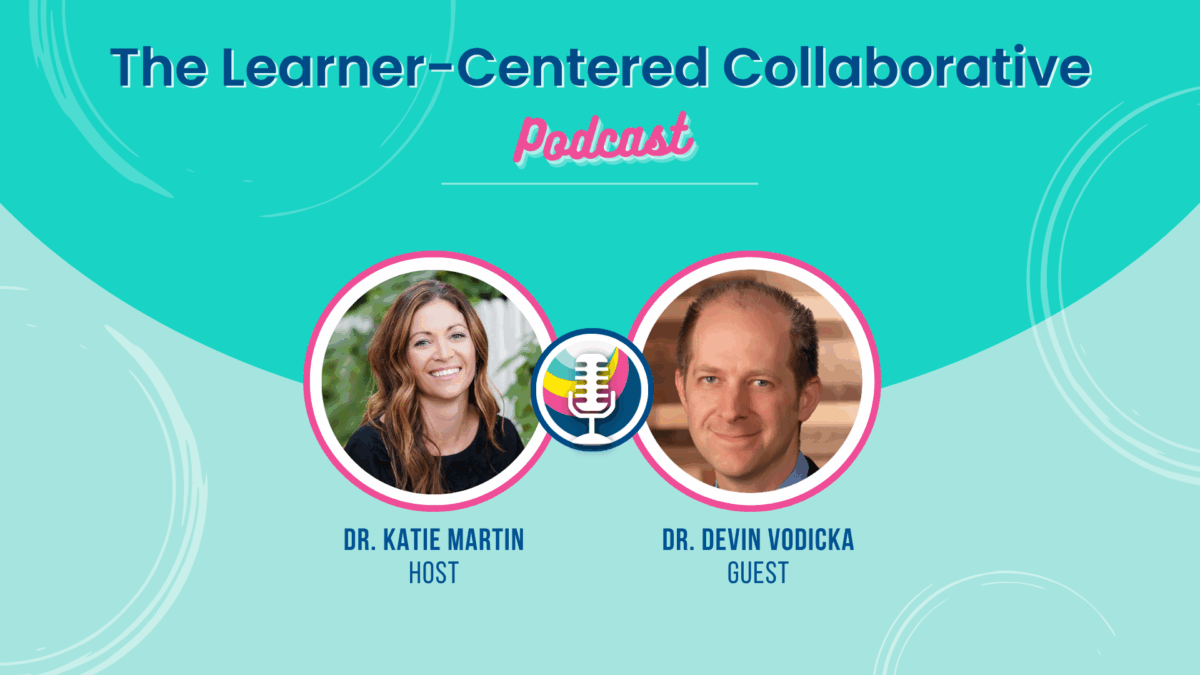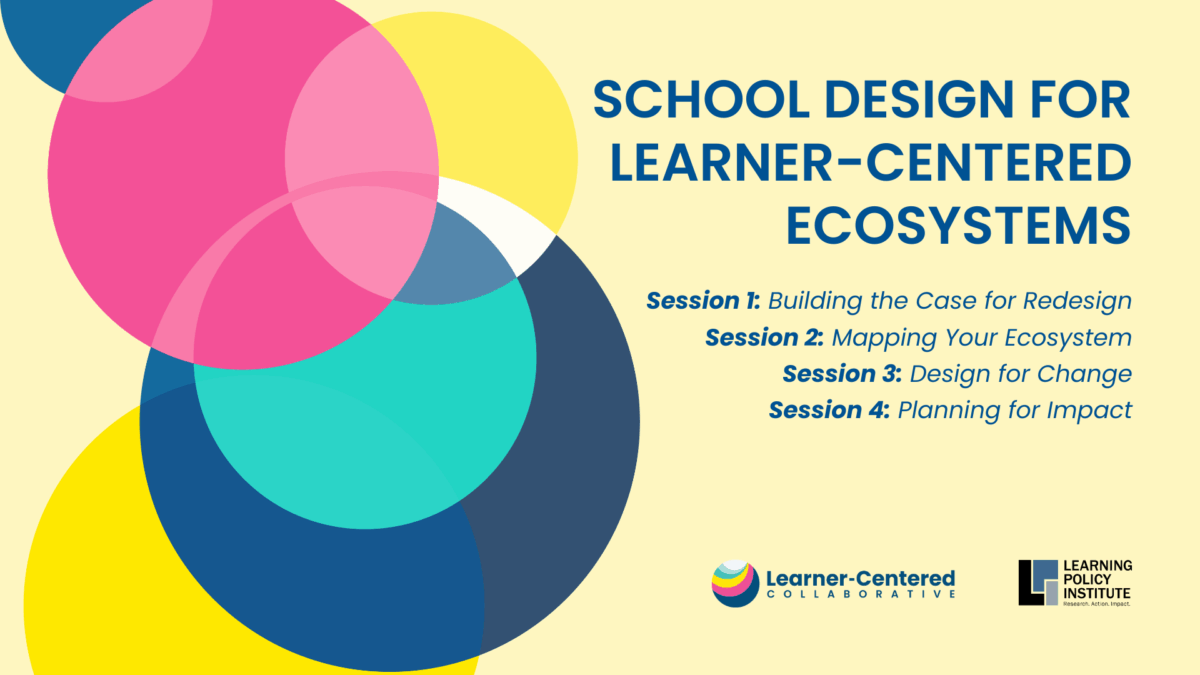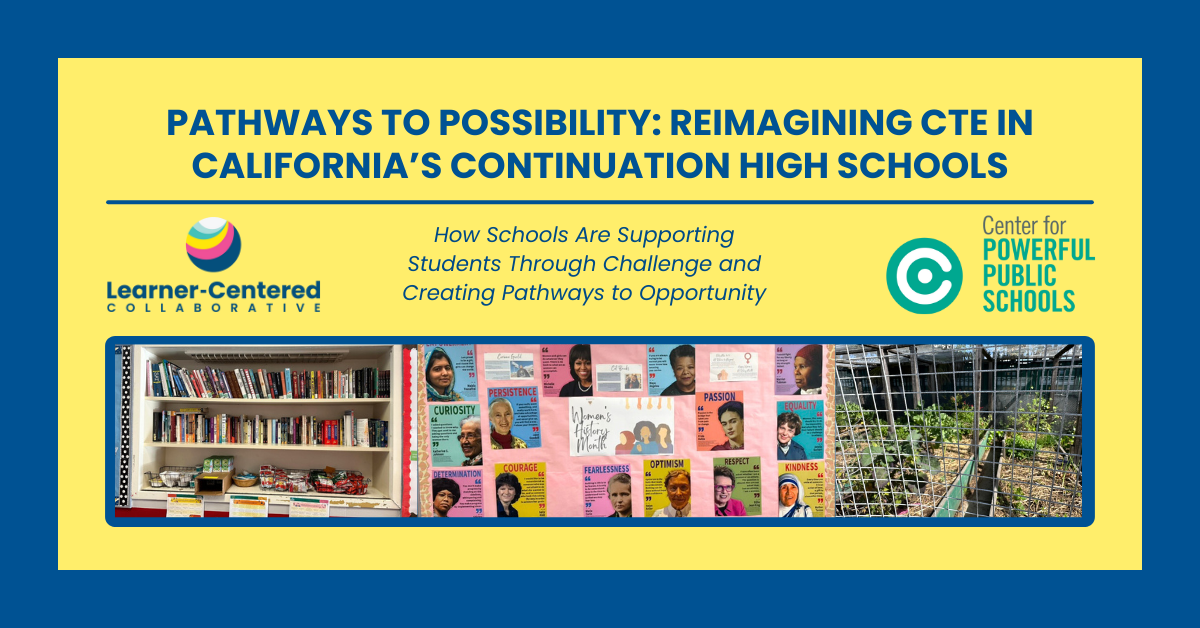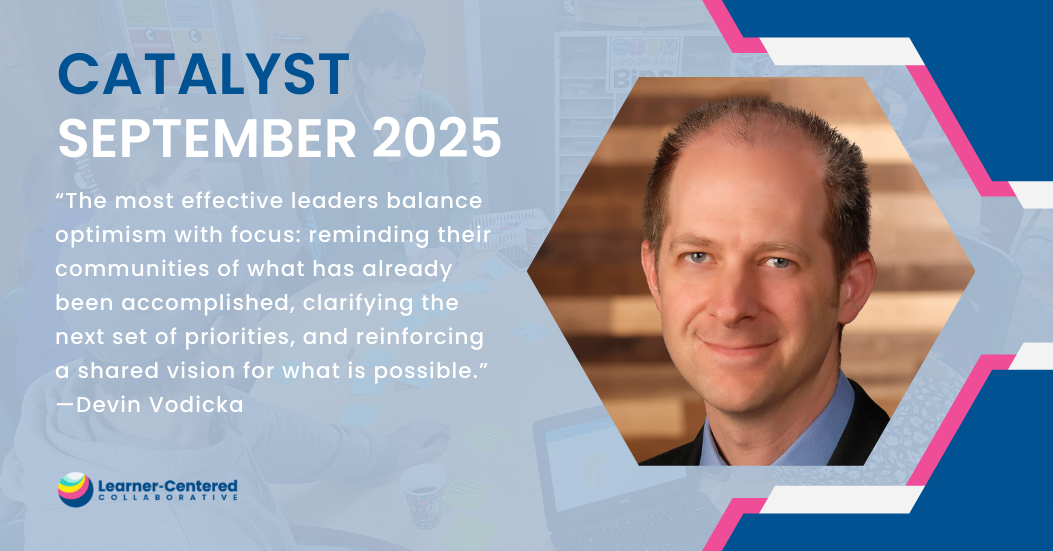Episode 21: Leading With a Learner-Centered Vision at Conway Academy with Tina Meglich
By loading this video, you agree to the privacy policy of Youtube.
Episode Summary:
What does it take to shift toward a learner-centered approach? For Tina Meglich and the eight years she has led learner-centered transformation as an elementary principal, the answer begins by building a shared vision that honors student voice, cultivates learner agency, embraces an expeditionary learning model, and focuses on authentic assessments.
In this episode, Tina provides insight into structures that support teacher collaboration, real-world projects, competency-based assessment, and student leadership.
If you aspire to create more meaningful learning experiences for your learners, this conversation will leave you inspired and equipped with actionable strategies.
During the episode, Tina shares:
- 🧑🏫 How her own challenging middle school math experience inspired her to become an educator focused on empowering students.
- ❤️ Why building strong relationships and community among students and staff is foundational.
- 🚀 How Conway Elementary transformed from one of the lowest performing schools to outperforming the district.
- 📈 Key strategies like developing a shared vision, utilizing data-driven goal setting, creating distributed leadership, and developing structures that enable collaboration.
- 💬 The importance of students taking ownership of learning through projects, discourse, and conferences.
- ⏱️ The need to understand that change takes time: Simplify, start small, progress monitor, and circle back.
- 😊 To always give yourself grace, allow some messiness, keep your vision, and support capacity building.
Related Resources:
- Crew, Both Structure and Culture (Conway Academy).
Conway Academy utilizes Crew as a foundation for cultivating a culture that prioritizes building deep, meaningful relationships. - Expeditionary Learning Education Design Principles (EL Education).
EL Education has been around since 1993. In that time, they have identified 10 design principles that ensure all learners (youth and adult) can thrive. - How to Design Real-World Learning Experiences (LCC Online Course).
Ready to bring real-world learning to your community? Check out our course on designing real-world learning experiences.
How About Another?



